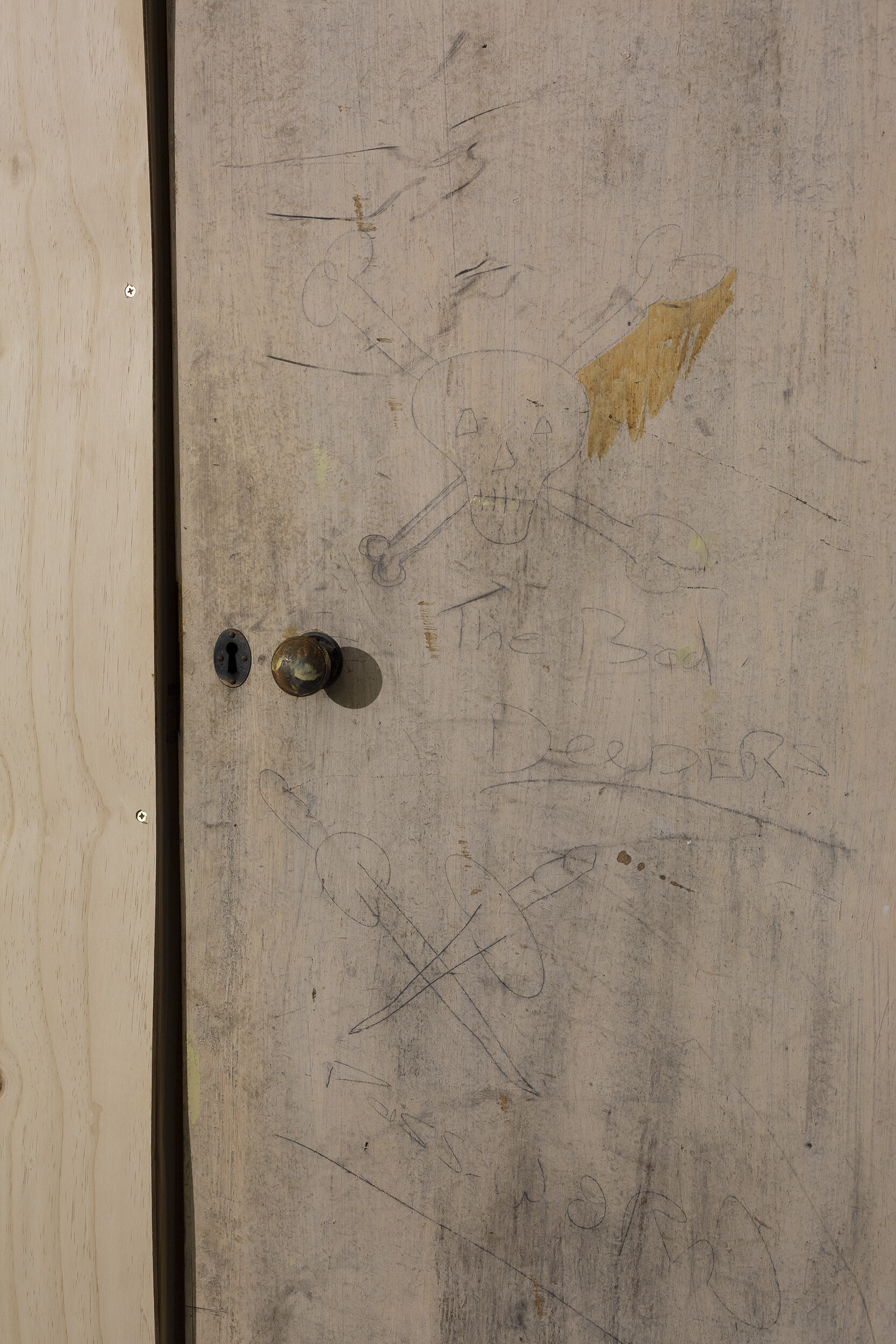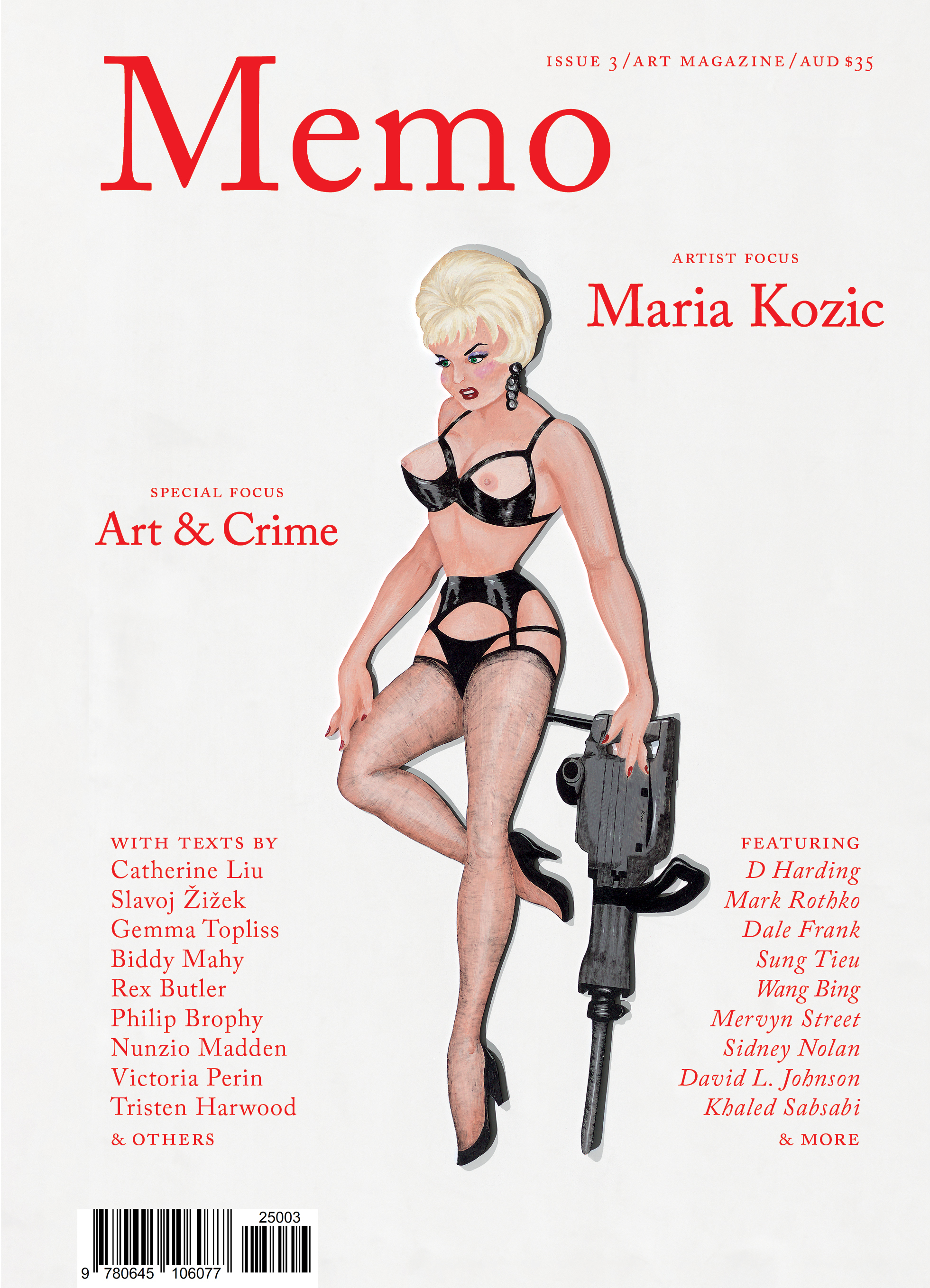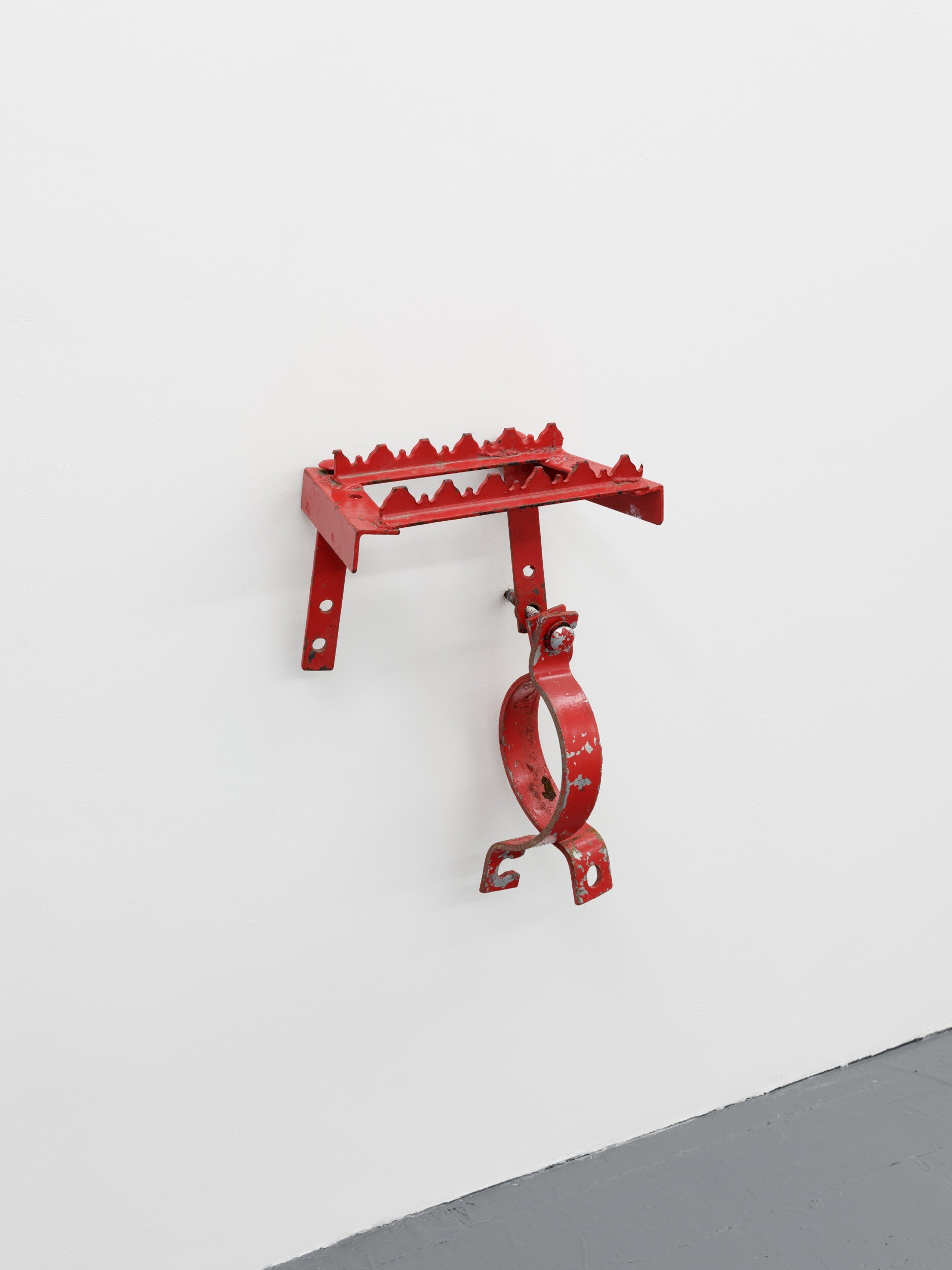Crushing It! Smooth Aesthetics from Laocoön to Apple
Apple’s hydraulic press ad is a flattened Laocoön that recasts smooth aesthetics through a Schumpeterian lens of agonistic creativity.
In May 2024, a controversy arose with the release of Apple’s ad for the latest iPad Pro. Entitled Crush!, the commercial opens with a close-up of a ticking metronome before cutting to a vinyl player spinning Sonny and Cher’s “All I Ever Need Is You” and a wide shot of a factory warehouse. The metronome and vinyl player are revealed to be components in an assemblage of paint bottles, guitars, paintings, a piano, and other artistic instruments situated between an industrial-sized hydraulic press. As the press starts clamping down, it crushes a trumpet followed by a Space Invaders arcade machine, paint cans, the piano, the metronome, a Roman bust, cameras, a TV, a guitar, and some books until everything is flattened. The press then opens to unveil the iPad Pro having compressed these cultural artifacts into zeros and ones while a voiceover tells us that “the most powerful iPad is also the thinnest.” The selling point is that the myriad means of creating art can all be found in the iPad Pro. As Apple CEO Tim Cook tweeted with the ad, “Just imagine all the things it’ll be used to create.”
Exclusive to the Magazine
Crushing It! Smooth Aesthetics from Laocoön to Apple by Vincent Le is featured in full in Issue 3 of Memo magazine.
Get your hands on the print edition through our online shop or save up to 20% and get free domestic shipping with a subscription.
Related
Archie Moore’s “impoverished aesthetic” transforms memory, class, and race into immersive, unsettling worlds. Rejecting the tidy self-disclosure of trauma narratives, his work lingers in ambiguity—neither confession nor critique, but something in between.
Sabsabi’s YOU enacts the media's capacity to create structural and political dissonance.
Artist David L. Johnson condenses centuries of enclosure into “Diggers,” repurposing hostile urban fixtures as provocations against privatisation, surveillance, and racial capitalism.



